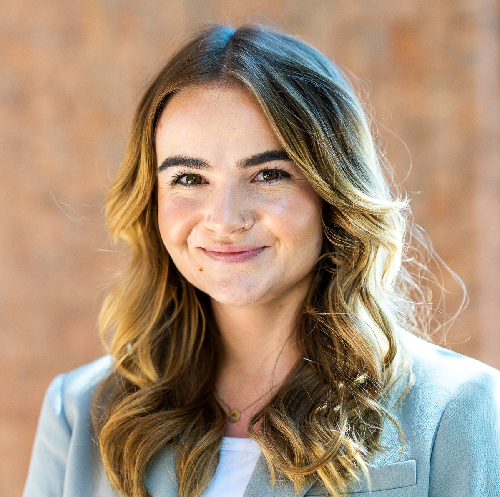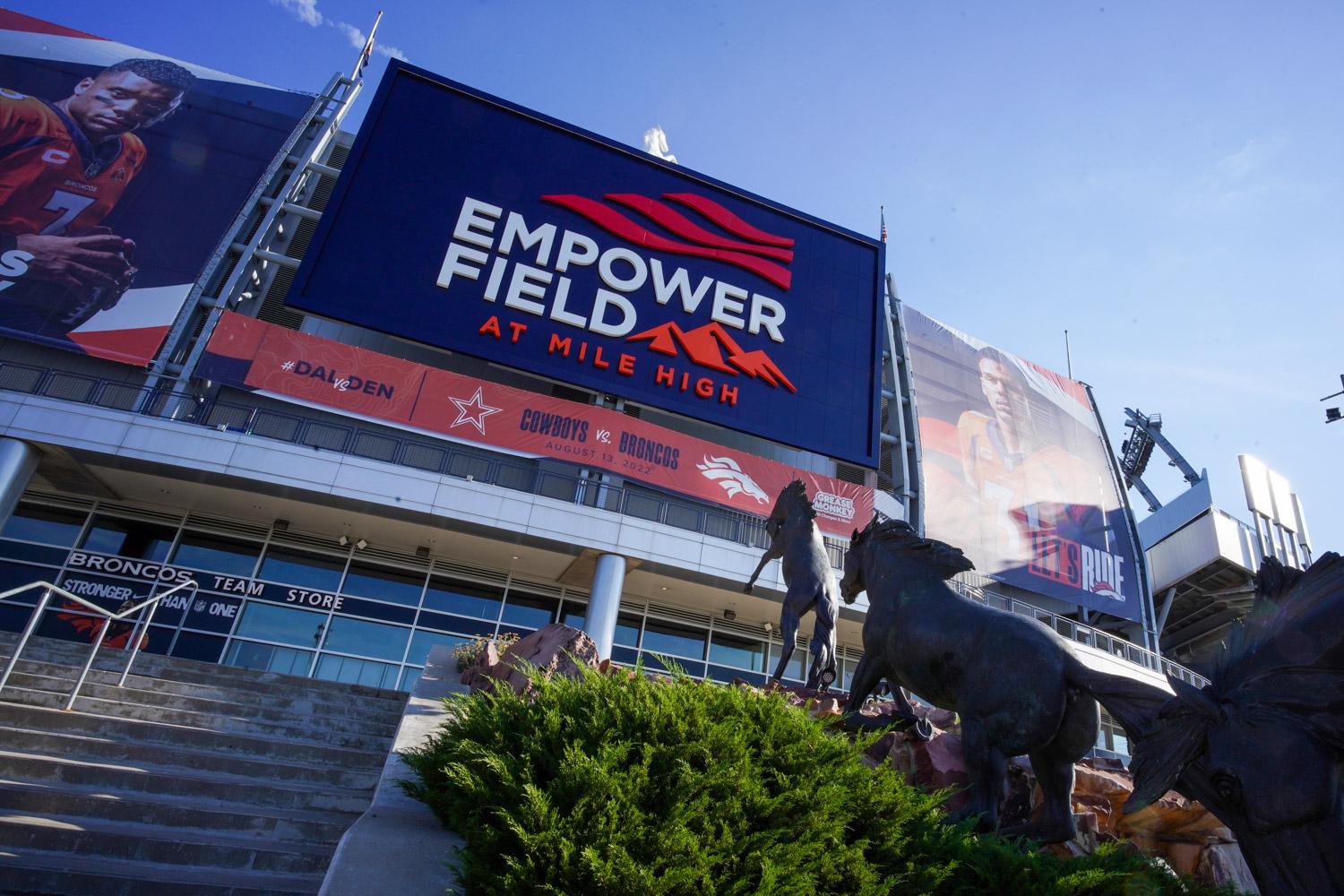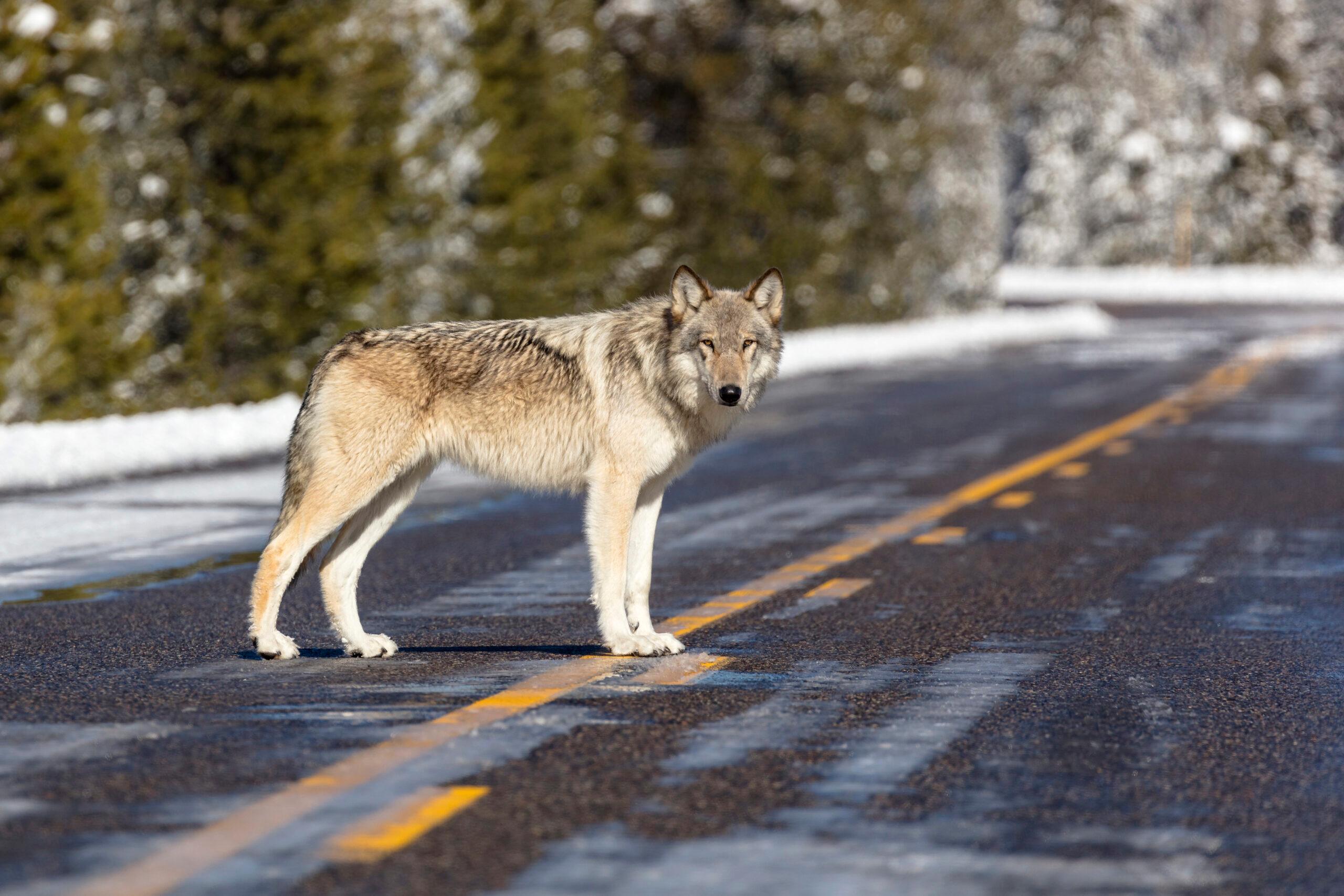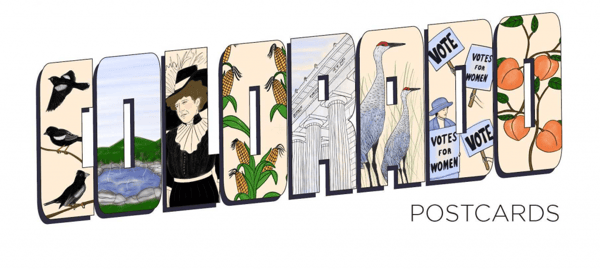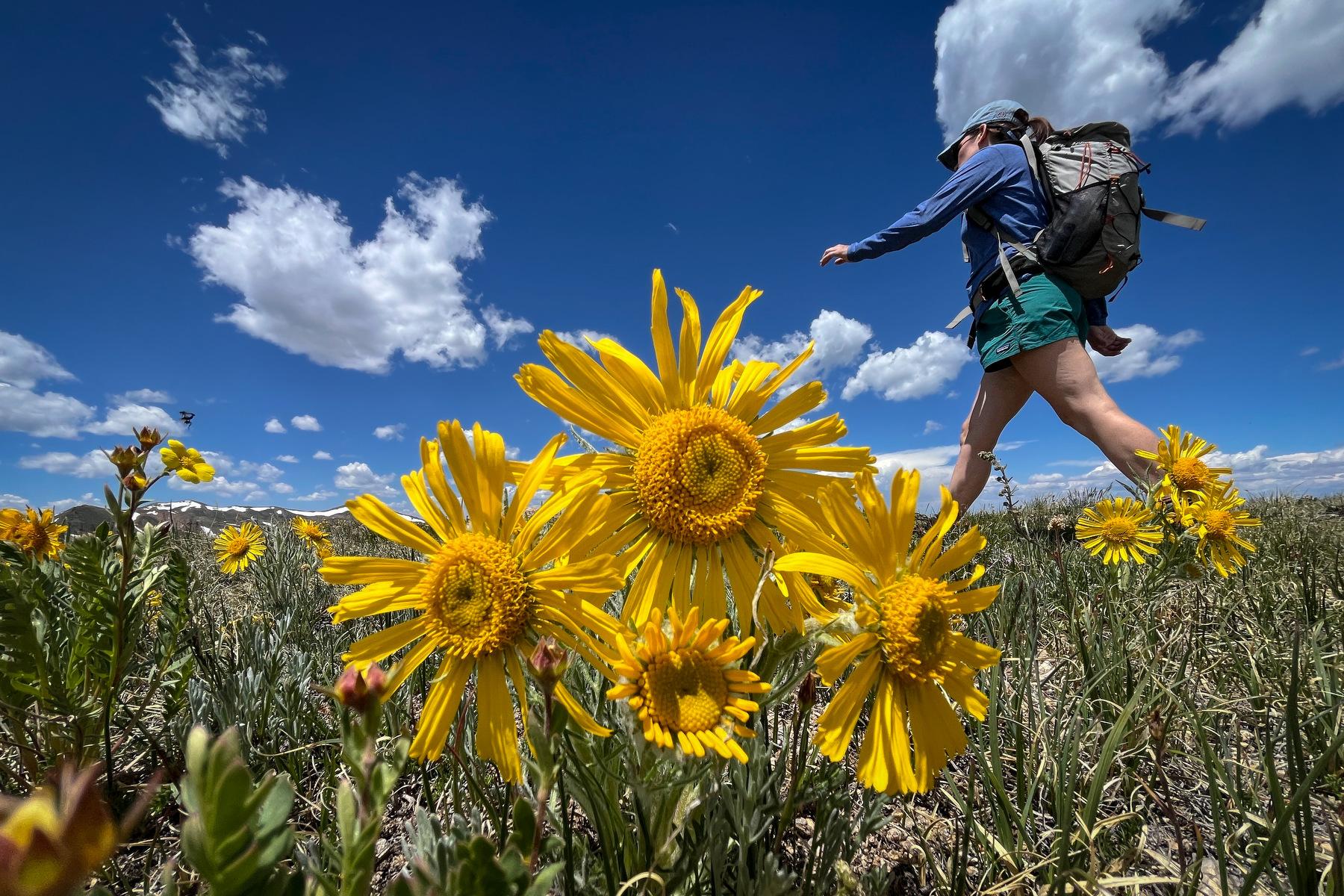
High temperatures shattered records across Colorado this week, pushing into the triple digits in some parts of the state. The heat is expected to persist through Thursday before a shift in the weather pattern brings cooler temperatures and widespread rain by the weekend.
But Bruno Rodriguez, a meteorologist with the National Weather Service in Boulder, cautioned that the cooldown is part of Colorado’s typical summer rain cycle, not a sign of fall approaching.
“I wouldn’t associate [the drop in temperatures] with fall necessarily,” Rodriguez said. “I mean, this is still the crux of our monsoon season, so it’s fairly typical here to get heavy rains around this time of year.”
Monsoon season in Colorado typically lasts from June to September. While the Front Range has received “above normal precipitation,” according to Rodriguez, for this time of year, the conditions on the Western Slope have been markedly different.
“It's been one of the driest periods we've been in for quite some time,” said Kris Sanders, a meteorologist with the National Weather Service in Grand Junction. “The vegetation is feeling that and is very susceptible to wildfires right now. When you look at our drought, we're maxed out. We're in the ‘exceptional,’ which is the highest stage of drought in parts of western Colorado.”
So far this year, Grand Junction is experiencing its third-driest stretch on record, with conditions worsening since January. Over just the past three weeks, nearly 200,000 acres have burned across western Colorado. The Lee Fire — spanning more than 200 square miles south of Meeker — has become the fifth largest wildfire in state history. It is very close to becoming the 4th largest wildfire in state history.
Kristen Boon, director of the state’s Drought and Climate Resilience Office, told CPR that the fires are especially concerning amid the region’s extreme drought.
“These fires aren't just kind of dying out naturally,” she said. “They’re spreading very rapidly and they’re getting very hot very fast. Drought leads to dryer soil, drought leads to dead vegetation, all of which are great for creating very big fires.”
But Sanders says western Colorado has a “hopeful” chance for relief from the drought this weekend.
“So we're hoping that we will see the chances for showers and thunderstorms to increase and eventually we'll start getting some really good rain, beneficial rain out of it,” Sanders said.
Further east, state officials issued an air quality alert for cities along the I-25 corridor this week. The alert was announced Tuesday evening after the hot temperatures triggered a spike in unhealthy ozone conditions across the Front Range.
“Ozone does thrive in sunny hot conditions,” said Scott Landes, lead meteorologist for the state’s Air Pollution Control Division. “There's lots of different sources for ozone. They can come from industry, they can come from automobiles .… So if you are able to reduce driving, or maybe you could carpool, or mass transit is a really great option for the next couple of days if you have that option as well.”
Landes said the highest ozone concentrations are expected in the western metro area, including Golden and Arvada, and noted that wildfire smoke from the Western Slope is not contributing to the alert. He expects the warning to remain in effect until Thursday evening.
CPR’s Tegan Wendland contributed to this report.
